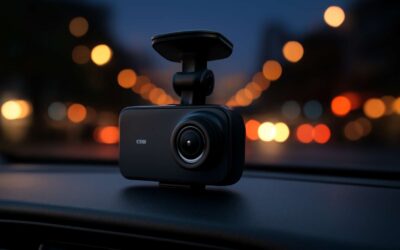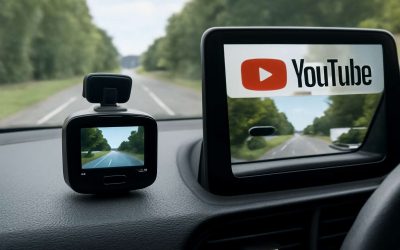Dash cams are devices that can capture high-resolution video and images of events on the road ahead of you, with some cameras also offering smart features like GPS logging. These are useful to help you catch accidents and avoid tickets or other issues with law enforcement, or simply give you peace of mind when you’re on the road.
The basics
Dash cameras aren’t a new invention – they’re an essential accessory for modern drivers. They’ve gone from being a police tool to a must-have for everyday motorists, and can save you money on insurance or even help you beat traffic tickets and prove your innocence in court.
The best dash cams are designed to record video, often in HD or 4K, with timestamps and GPS locations. Most offer a range of options for storage, from removable SD cards to cloud-based storage.
Installation
Most dashboard cams require a hard-wiring kit, which you can buy at most electronics stores or your local car dealership. This is usually a simple procedure that can be done by most people with some basic understanding of automotive electrical systems. However, you may prefer to take it to a professional installer for extra assurance.
Power connections
Dash cams can be connected to your vehicle’s battery using a fused connection in the fuse box, or they can be self-powered. This means the camera will use a battery or large super-capacitor to power itself when it is not receiving 12-volt power from the vehicle. Capacitors can be more expensive and need to be supported by extra hardware or software, but they’re much more durable and will last longer than a LiPo battery.
Continuous loop recording
The best dash cams feature continuous loop recording, which reduces storage requirements and enables you to watch old recordings if you want to. Some dash cams also automatically overwrite older videos when they’re full, and some can be stored wirelessly to the cloud in real time.
Additional cameras
The most advanced dash cams allow you to add additional front and rear cameras, or even an interior camera (known as a cabin-view cam). They’ll also typically require an extra SD card if you plan to use them for a long period of time.
Generally, you’ll need to decide which views you want to record – and how many you’d like. Generally, all dash cams will record the “over the hood” forward view, but rideshare drivers often want a second lens that records what’s in the passenger’s cabin.
If you want a dash cam that can also be used for parking, consider one with a 360-degree parking monitor. These can be especially helpful when you’re parked at a service station or other location that’s hard to reach, as they’ll save video evidence if vandalism is detected.
If you’re looking for a dash cam that can record both in 4K and 1080p, we recommend the Scosche NEXS10032-ET. Its small, low-profile design makes it easy to hide and install without compromising on windscreen space, and its powerful internal storage lets you store up to 256 GB of footage.


0 Comments